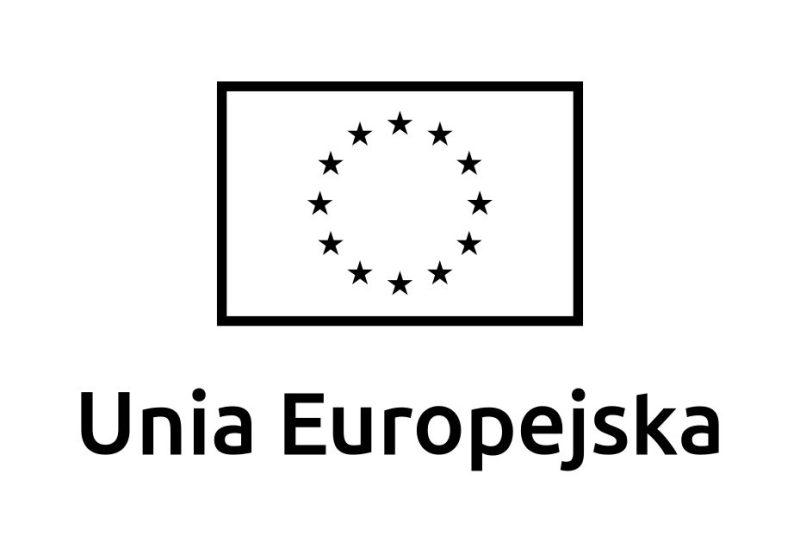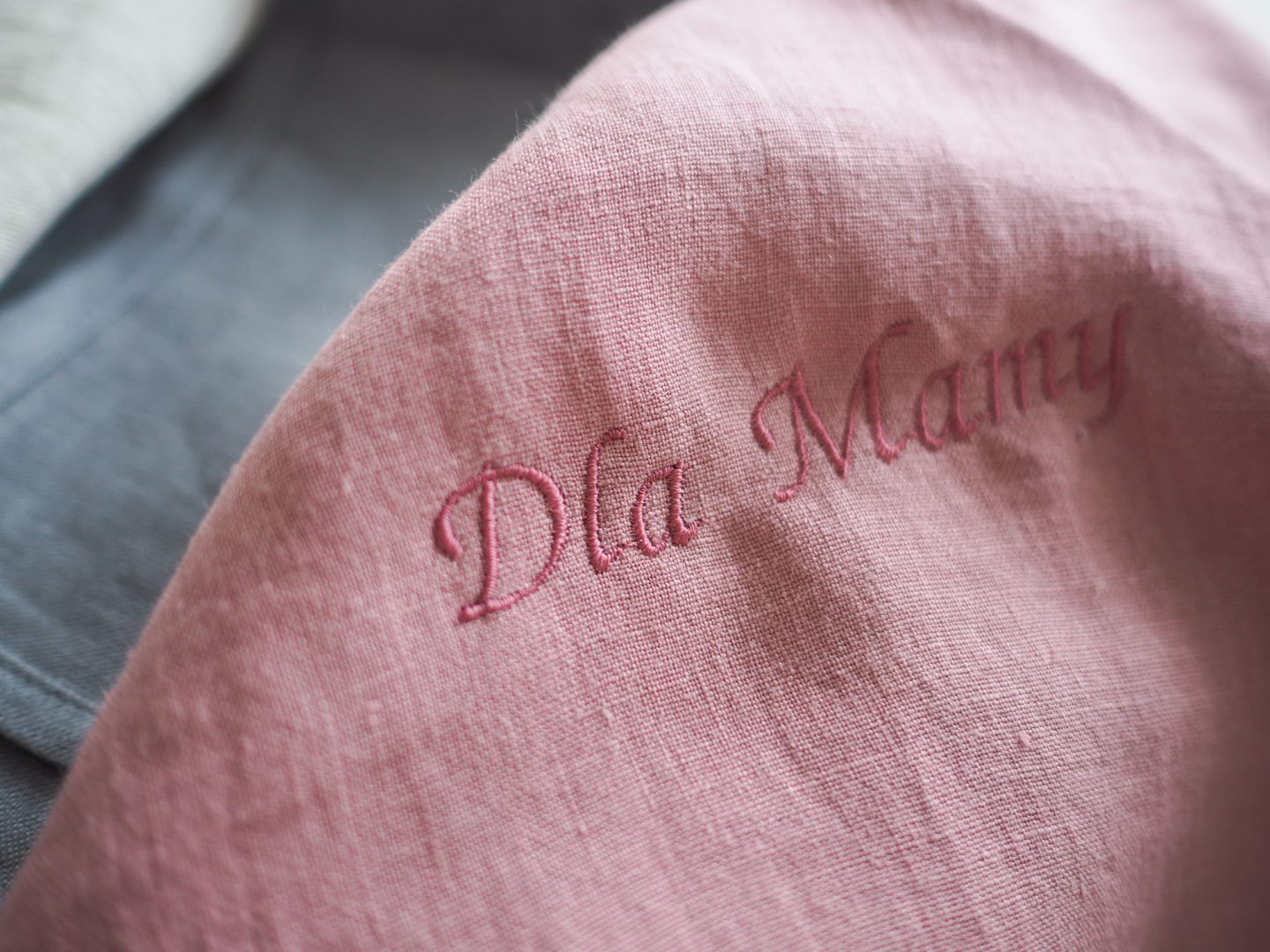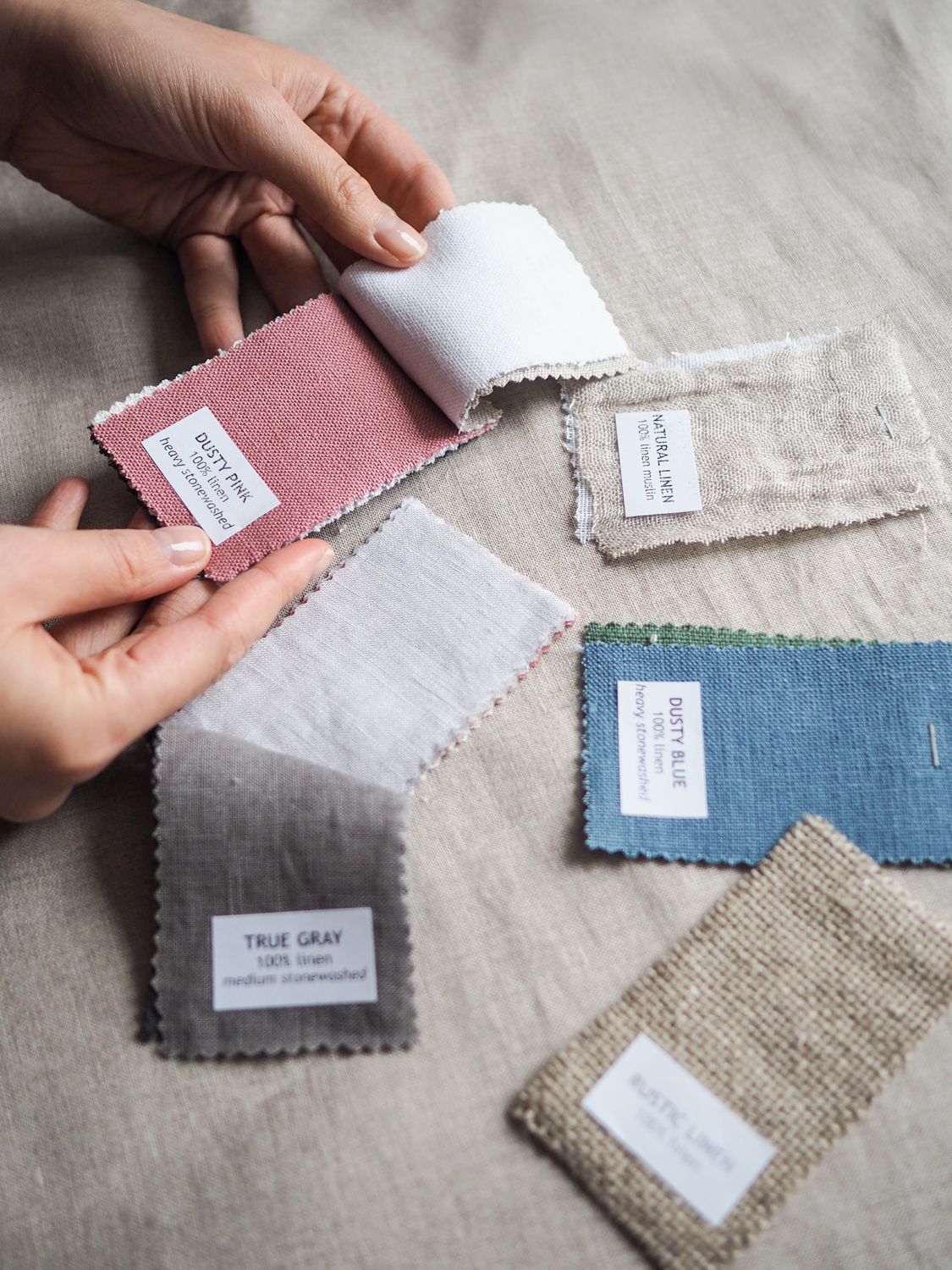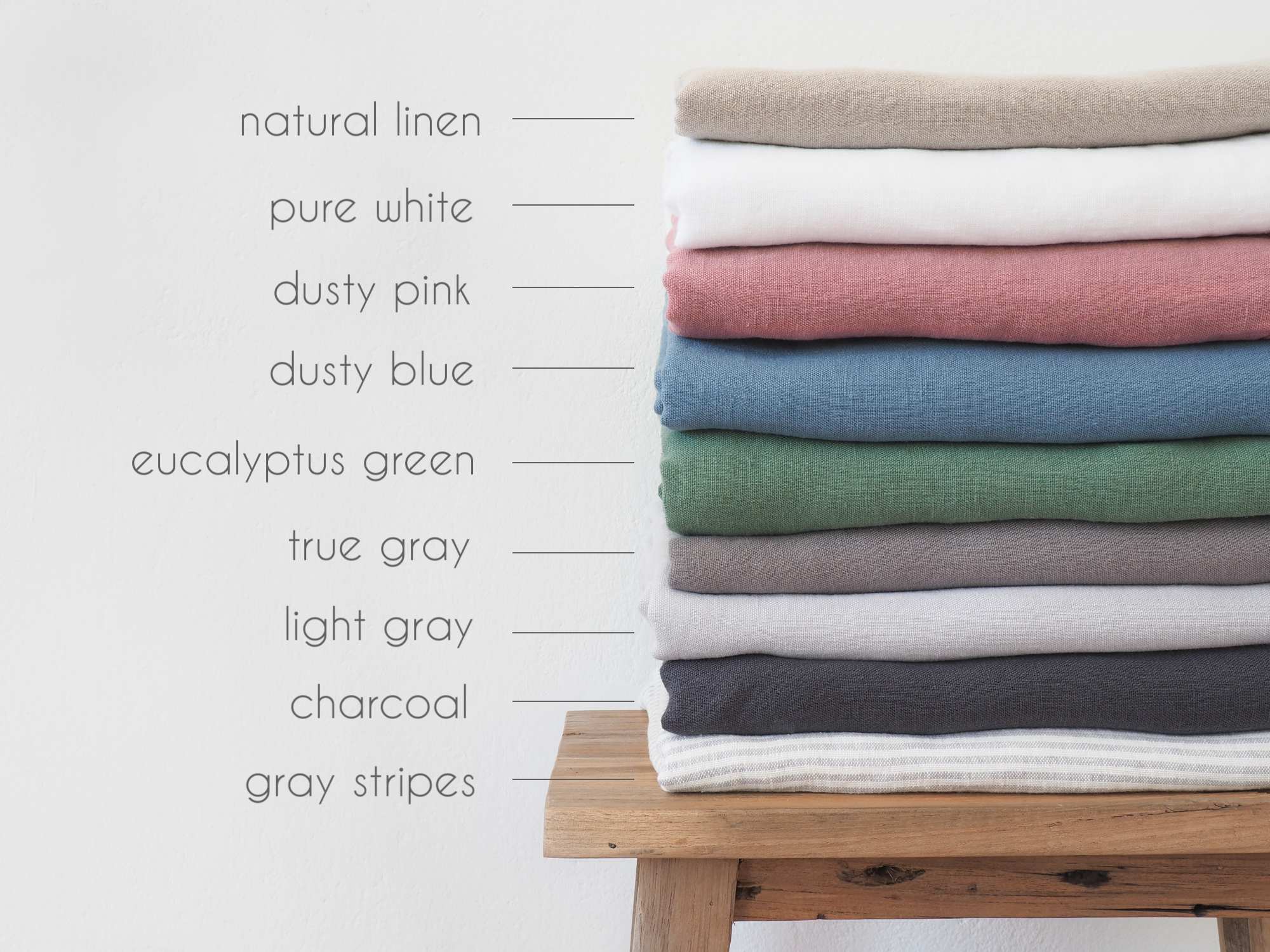Uncategorized
How to remove permanent stains from a linen tablecloth? Tips on removing stains.
On our blog we often talk about the proper care of linen fabrics. After all, it is no secret that the correct washing method, natural cleaning agents, and free drying guarantee the textiles a longer life and durability – so valuable if we want our favorite linen tablecloth or bed linen to survive years of intensive use. In today’s new post, we focus on the problem of permanent stains, which are extremely difficult to remove due to the unique way of diffusing in the fibers. How to remove stains from the tablecloth to keep the fabric safe and at the same time give it freshness and a beautiful vibrant color?
HOW TO REMOVE RED WINE STAINS?
Glamorous dinner with candles, aromatic pasta, and elaborate appetizers. Everything is complemented by beautiful porcelain tableware, a vase with hot soup, a linen tablecloth, or a linen table runner and your favorite red wine. A perfectly arranged dinner carries a certain risk – especially if you accidentally bump a glass filled to the brim. . .
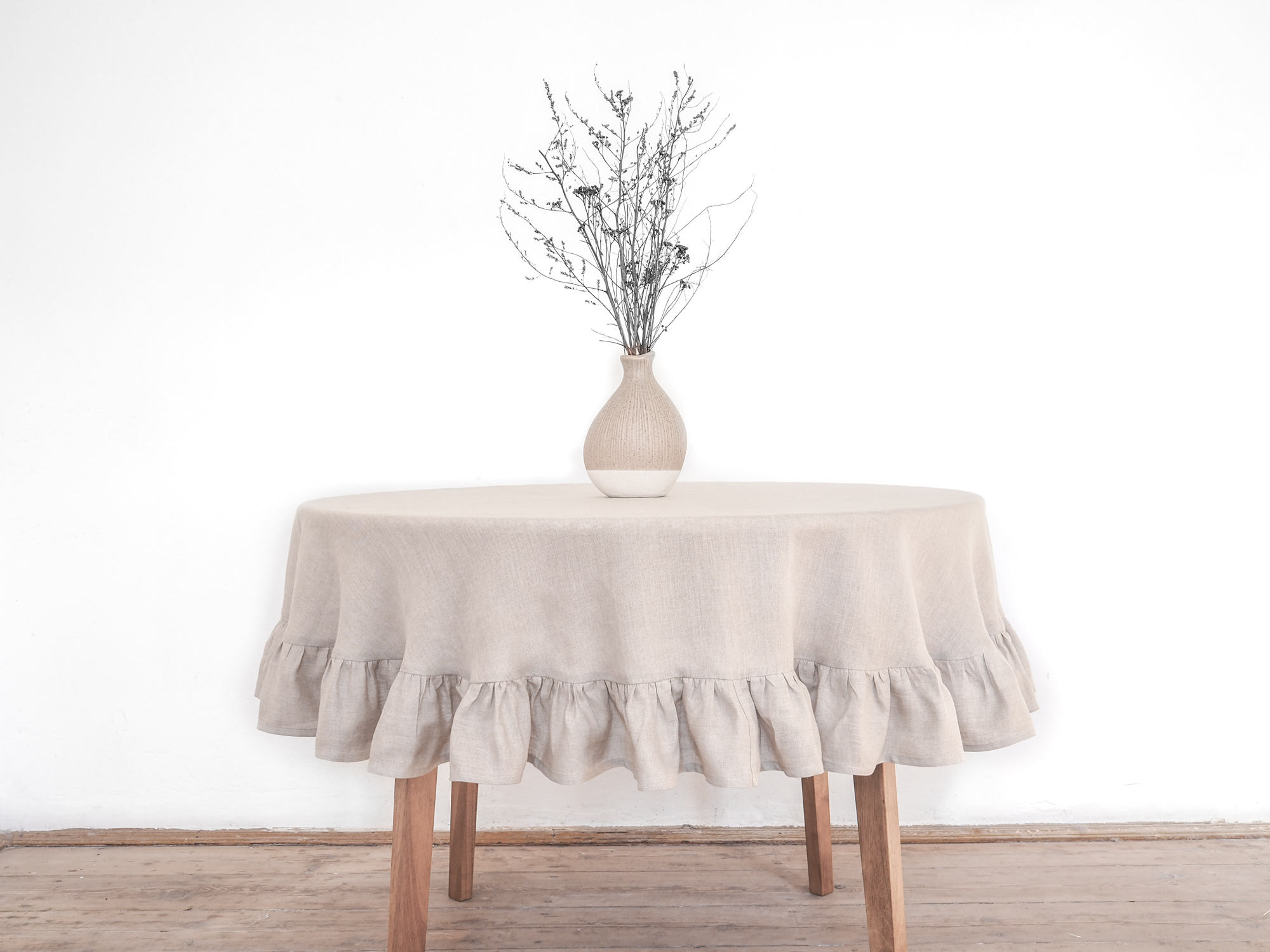
Natural fabrics – especially linen – do not like intensive agents and corrosive detergents. Their invasive effect can damage the fibers by interrupting them or giving them a rough finish. When removing permanent stains – such as red wine – it is worth using homemade methods that ensure maximum safety.
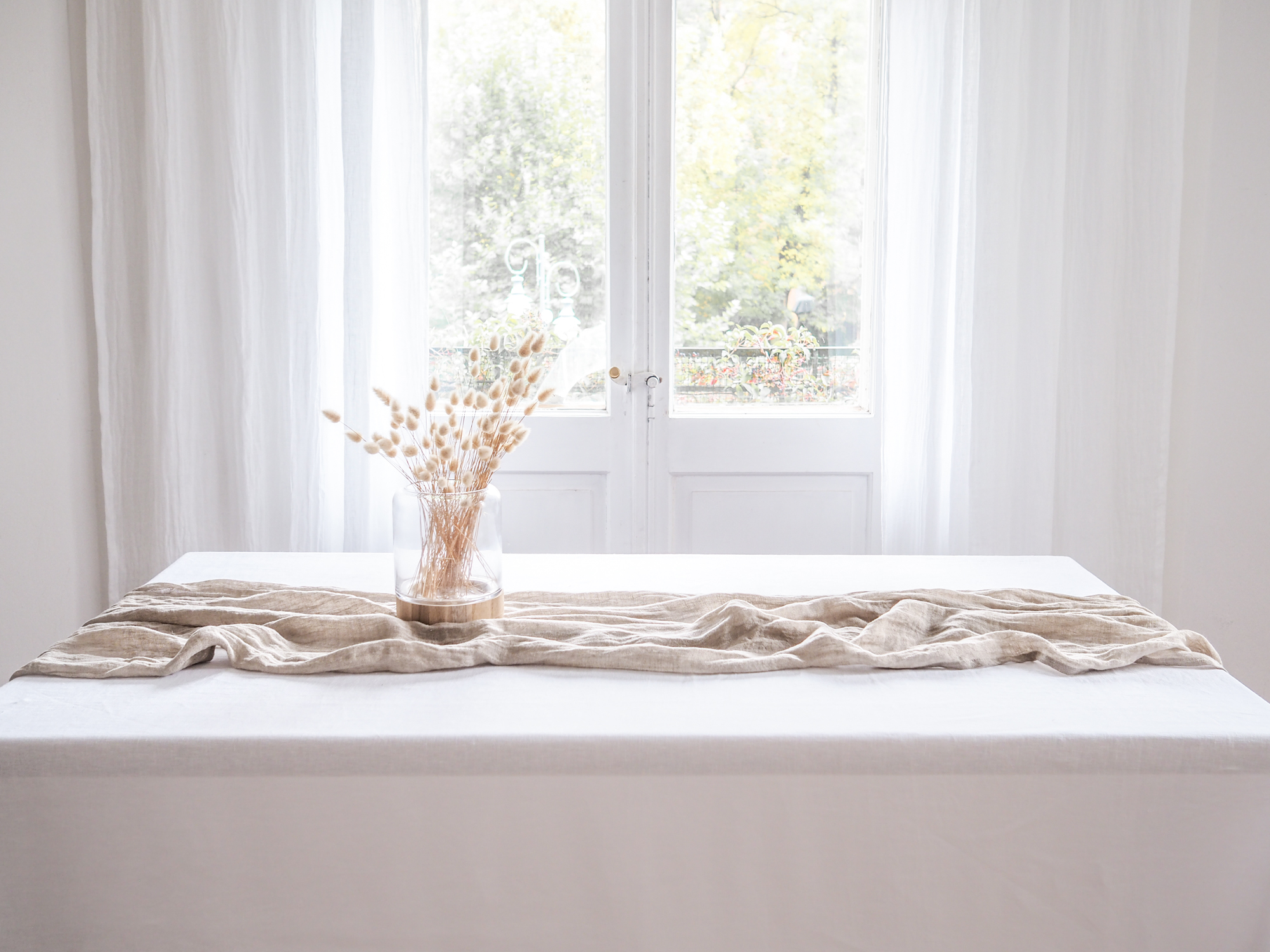
If a glass of your favorite wine, dry or sweet, spills on the tablecloth – act quick. The natural absorbing properties of the fibers cause them to “take over” moisture and dye, which is then distributed over the fibers and dries, thereby permanently discoloring the linen material. The most effective way to get rid of a newly formed stain is to sprinkle a large amount of salt on it, which then absorbs the poured substance. The absorption capacity of the salt is so impressive that after a “compress” of several minutes it is sufficient to wash the remains under running water. The stain can also be cleaned manually – necessarily with natural and ecological products.
Tip I: Do not iron dirty material! High temperatures can “solidify” the resulting dirt and make subsequent removal more difficult.
HOW TO REMOVE CHOCOLATE STAINS FROM A TABLECLOTH?
A long-awaited birthday party for older (and slightly younger) guests. In addition to savory snacks and sweet drinks, there is a chocolate fondue on the table – perfect for dipping in your favorite sweet and sour fruits. All this is complemented by linen placemats and napkins, which are very easy to get dirty with dripping hot cocoa.
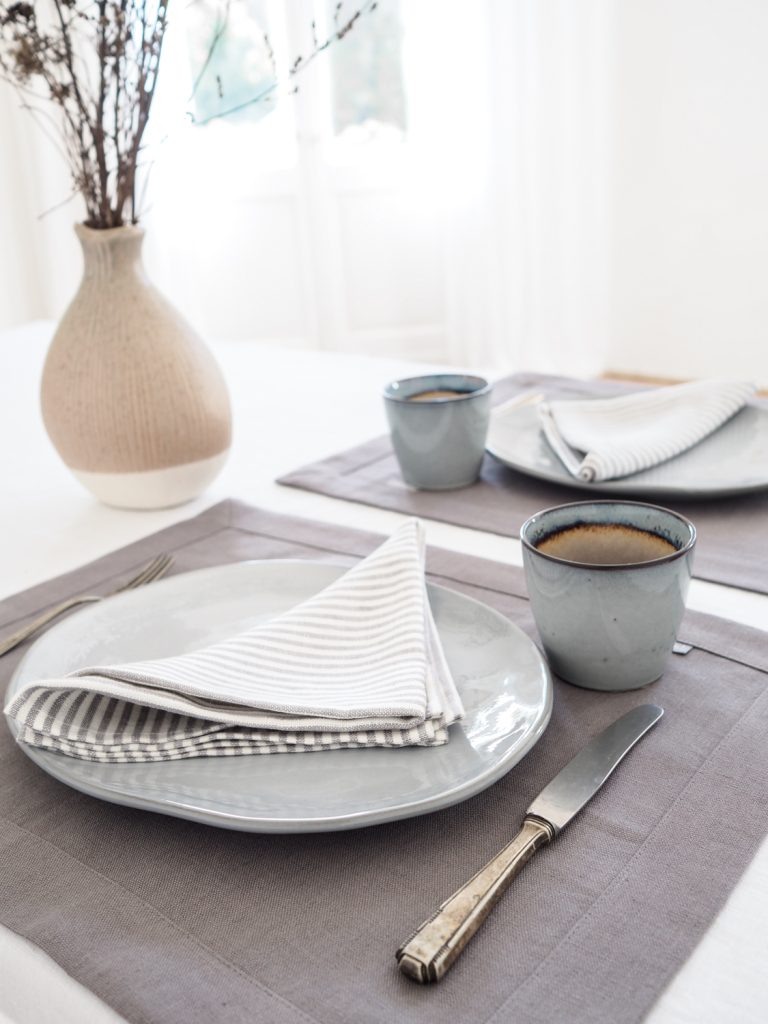
Chocolate is one of the most difficult products to remove, mainly because it not only discolors the fibers but also greases them. For this reason, it is recommended to remove them at high temperatures (at least 60 °C). However, it should be remembered that this high temperature can damage the natural fibers – for linen, it is recommended to choose a delicate program that takes into account a maximum temperature of 40 °C. Therefore, it is much safer to create a recipe based on water and vinegar (250 ml of water and a maximum of 2 tablespoons of vinegar) and then apply it to the stain. After a few minutes, it is advisable to wash the stain by hand or wash the fabric in the washing machine, paying attention to the appropriate program and avoiding the so-called spin mode.
Tip II: You can also remove a fresh stain with warm (not hot!) water and diluted natural soap. Baking soda would also be a great solution, you can make a homemade cleaning paste using this ingredient.
HOW TO REMOVE OIL FROM A LINEN TABLECLOTH?
Oily stains on the tablecloth – e. g. caused by serving grilled dishes – are extremely difficult, as they “clump” around the fibers and spread slowly increasing their volume.
While synthetic textiles make it a bit easier to remove greasy stains, natural materials require more care and sensitivity. In this case, it is best to use a natural detergent that is poured directly on the stain and then gradually removed with a sponge or muslin cloth. Potato flour, which has great absorbent properties, is also good.
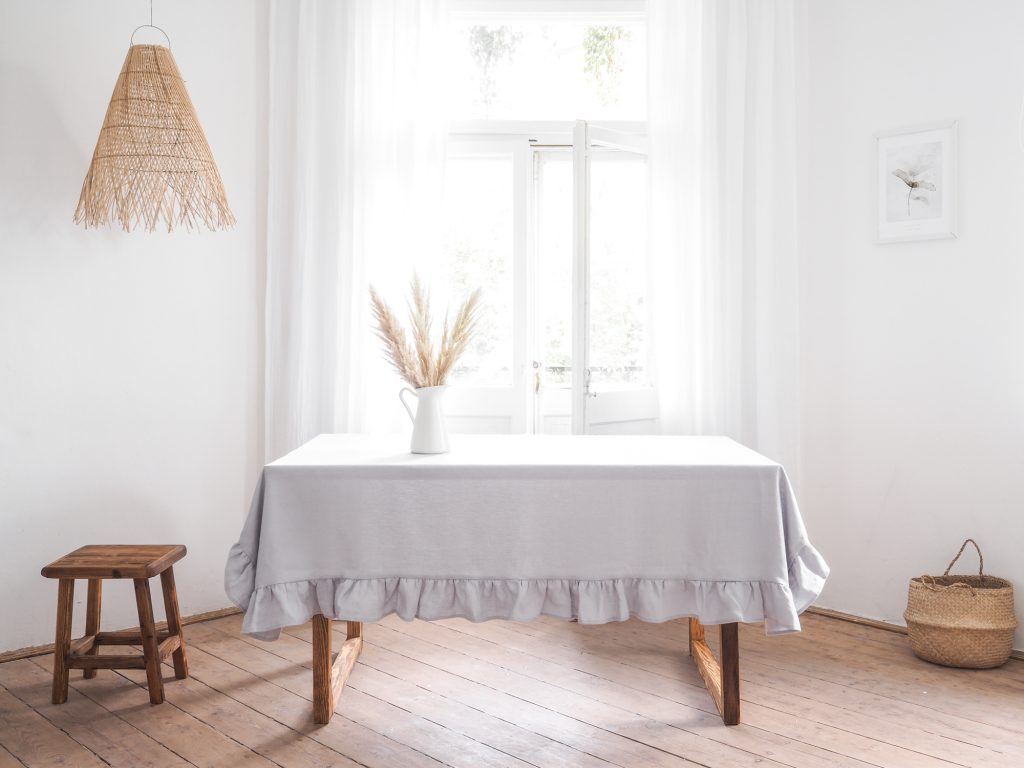
If you are faced with the need to remove permanent stains, remember:
- Linen is best washed by hand or in the most gentle washing program,
- Use natural detergents – preferably without softening additives, which are recommended for synthetic textiles,
- Avoid using a dryer – a natural drying on a hanger or a string hanging on the balcony is much better.
- Avoid high temperatures (maximum washing temperature should be 40 °C).
